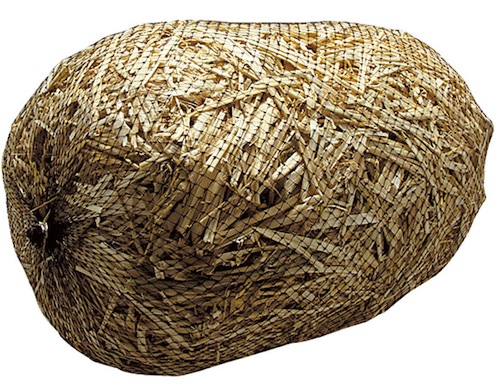A few weeks ago I talked about the history and research behind the use of barley straw for stopping pond algae growth. In truth, many people ask about barley, and a number of other folks claim to use it regularly in their ponds to help keep them clearer. There’s no doubt that for some situations it works pretty well and of course, it’s natural which is also desirable.

So what’s up with that?
I love lavender and I’m not afraid to say so. You’ll find the stuff in just about everything these days, from essential oils to perfumes, but many people would rightly ask, what does this have to do with pond algae at all? Well this started, like many things I think where people get so desperate that they try whatever they have on hand to produce a remedy. Even going back years ago, a woman wrote to me with a story outlining her success by using several lavender stalks in her small pond. Word of mouth was that it could help, she tried it, and sure enough, the algae went away!

